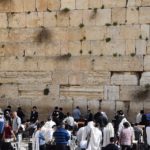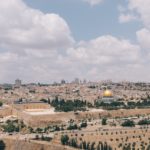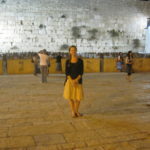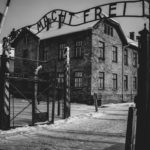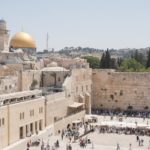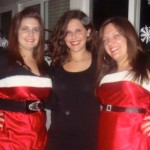Exploring Safed, Israel: the City of Kabbalah

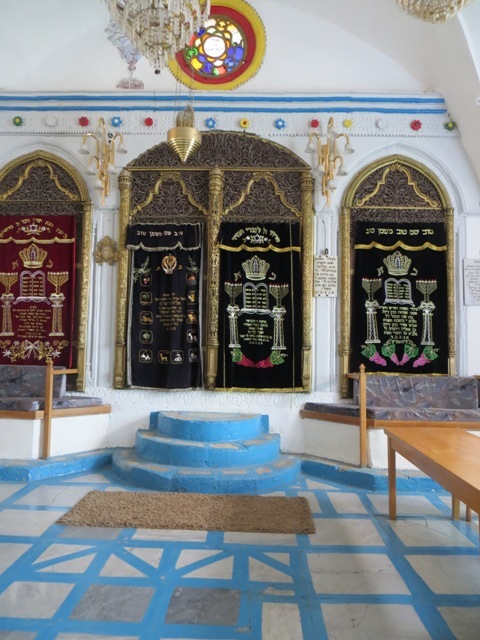
Kabbalah, meaning “receive” in Hebrew, refers to the mystical aspects of Judaism. According to believers, God included secrets within the phrases, words and even letters of the Torah. By studying these secrets, a person can deepen his/her relationship with God and with his/her fellow man.
Jewish tradition teaches that God wrote the Torah and gave it to the people of Israel at Mt. Sinai. Kabbalah has always existed but it was revealed during the 2nd century C.E. when, through divine inspiration, Rabbi Shimon Bar Yochai began to learn its intricacies. Rabbi Bar Yochai wrote the Zohar, the foundation of Kabbalah study and traveled throughout the Galilee to teach Kabbalah. After Rabbi Bar Yochai’s burial on Mt. Meron, across the valley from Safed, the area became associated with Jewish mystical scholarship.
Living in Safed for the past 30 years, I’ve seen the town turn from a sleepy mountain village into a vibrant tourist venue, thanks to Safed’s association with Jewish mysticism.
In the 16th century, many of the Jews who were fleeing the Spanish Inquisition made their way to Safed. Among these people were some of the greatest Kabbalistic rabbis of the era. They were drawn to Safed because of Safed’s proximity to the region where Rabbi Bar Yochai had once lived and taught. Today visitors can explore the history of Jewish settlement, Kabbalah study and many other aspects of Judaism when they travel to Safed.
Three of the main synagogue attractions in Safed are located along Yosef Caro Lane, a covered lane full of galleries and art studios. The first synagogue is the Yosef Caro Synagogue, named after the famed Rabbi Yosef Caro who, tradition says, wrote the Shulhan Aruch, the Code of Jewish Law, in a cave under the synagogue with the help of an angel.
Rabbi Caro wrote the Code to codify Jewish law and guide Jewish practice for hundreds of thousands of Jews who had been scattered around the world after the Spanish expulsion. The monolith work is still revered today as the basis of Jewish law and, below the synagogue, visitors can enter Rabbi Caro’s cave.
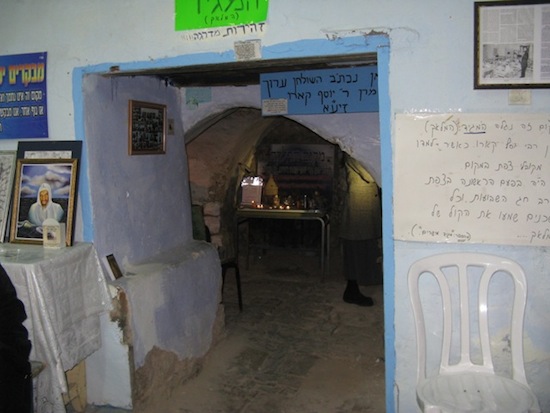
Exploring Safed, Israel: the City of Kabbalah.
A little further down the street, stairs descend to the Abuhav synagogue. Legend relates that the Abuhav synagogue was originally built in Spain. When the Inquisition threatened to destroy the synagogue, its founder, the Kabbalist Rabbi Abuhav mystically transported it to Safed. The Abuhav synagogue has three arks for Torah scrolls. One ark holds the scrolls, which are used daily while a second ark holds two ancient scrolls, which were written by Rabbi Abuhav and Rabbi Ohana, another Kabbalistic scholar.
The third ark was built to hold the Koran since the Turks, who ruled the region until 1917, demanded that any house of prayer hold a Koran. Following the Turkish defeat, the Koran was removed and the third ark now serves as a geniza, a receptacle for holy manuscripts.
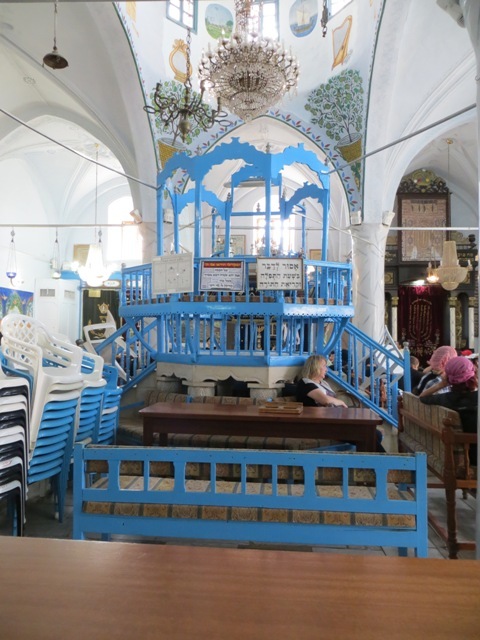
Continuing down the street, travelers will find the Ari Ashkenazi Synagogue. This synagogue was built in the 1500s by Jews who had converted to Christianity under duress during the Inquisition. They subsequently fled to the island of Girigoros in Greece and then made their way to Safed. Initially, due to their conversion, the Jews of Safed didn’t accept them. They built their own synagogue, the Girigoros synagogue, on the then-outskirts of the city. The great Kabbalistic rabbi, Rabbi Isaac Luria, known as the Ari (the Lion), developed the tradition of bringing his students to the field next to the synagogue on Friday afternoons to sing hymns and psalms welcoming in the Sabbath.
Following the Ari’s passing, the rabbis ruled that the Girigoros Jews (and all other Jews who had been forcibly converted) were to be regarded as returnees and welcomed back into the Jewish community. The Girigoros synagogue was renamed the Ari Ashkenazi Synagogue and it became one of Safed’s most important synagogues.
Exploring Safed, Israel: What to Know Before Your Trip.
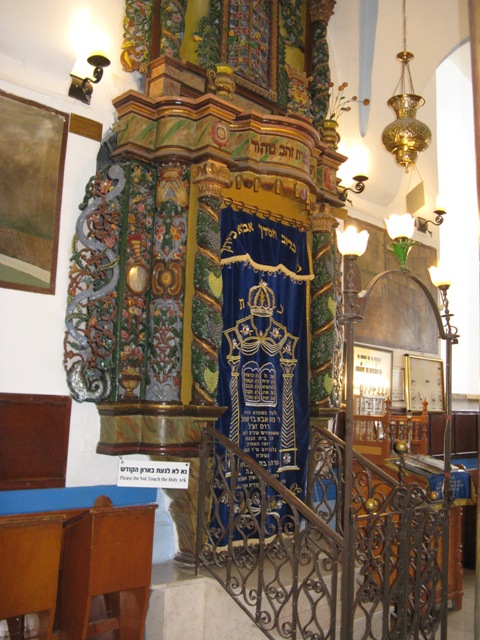
Further down the hill, just above the Safed cemetery sits the Ari Sephardi synagogue. The synagogue is, historians believe, the oldest existing synagogue in Safed. It was called the Eliyahu HaNavi (Elijah the Prophet) Synagogue in the 15th and early 16th centuries. Rabbi Isaac Luria, the Ari, came to Safed in 1570 and prayed in the synagogue. He also spent time in a small cave to the side of the synagogue where he studied Kabbalah, and according to legend, he studied with Elijah the Prophet. After his death, the synagogue was renamed the Ari Sephardi. Visitors can enter the cave during the daily visiting hours.

In addition to the ancient synagogues, there are numerous other sites where tourists can enjoy the cultural, religious and historical aspects of the City of Kabbalah. There are several places, which offer Kabbalah study, including the International Center of Tzfat Kabbalah and the Ascent Institute. Safed has been attracting artists for many decades and the city’s artist colony is vibrant and bustling with Judaica and other forms of local arts and crafts.
On Friday nights, the town hosts thousands of visitors who can wander from synagogue to synagogue and experience a wide range of Jewish traditions including the prayers of Yemenite, Moroccan, Russian, Ethiopian, Hassidic and other Jewish communities.
Exploring Safed, Israel: the City of Kabbalah Related Reading
72 Hours in the Upper Galilee
8 Places to Visit in Northern Israel this Spring
Visit Jerusalem in One Day
Tel Aviv Travel Tips: Reagan’s Take on Health and Safety
Dos and Don’ts of Dating Israeli Men
Laurie Rappeport has lived in Safed, Israel for 28 years. She worked as the coordinator of the City’s Tourist Information Center for 13 years and continues to actively promote tourism to the city. Laurie is the mother of five children and a soon-to-be “safta” — grandma!
Photo credits by Laurie Rappeport.

